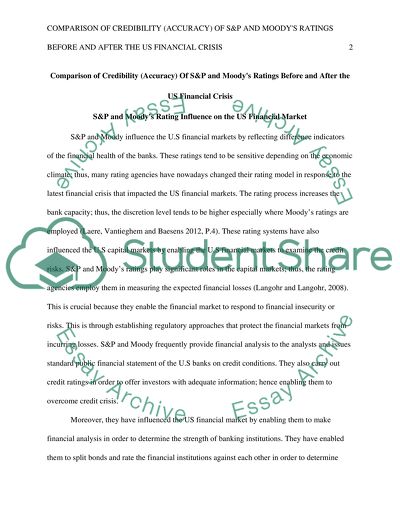Cite this document
(“Comparison of credibility (accuracy) of S&P and Moody's ratings before Literature review”, n.d.)
Comparison of credibility (accuracy) of S&P and Moody's ratings before Literature review. Retrieved from https://studentshare.org/macro-microeconomics/1473485-comparison-of-credibility-accuracy-of-sp-and-moody
Comparison of credibility (accuracy) of S&P and Moody's ratings before Literature review. Retrieved from https://studentshare.org/macro-microeconomics/1473485-comparison-of-credibility-accuracy-of-sp-and-moody
(Comparison of Credibility (accuracy) of S&P and Moody'S Ratings before Literature Review)
Comparison of Credibility (accuracy) of S&P and Moody'S Ratings before Literature Review. https://studentshare.org/macro-microeconomics/1473485-comparison-of-credibility-accuracy-of-sp-and-moody.
Comparison of Credibility (accuracy) of S&P and Moody'S Ratings before Literature Review. https://studentshare.org/macro-microeconomics/1473485-comparison-of-credibility-accuracy-of-sp-and-moody.
“Comparison of Credibility (accuracy) of S&P and Moody'S Ratings before Literature Review”, n.d. https://studentshare.org/macro-microeconomics/1473485-comparison-of-credibility-accuracy-of-sp-and-moody.


